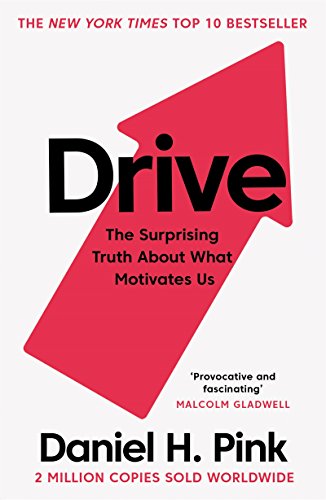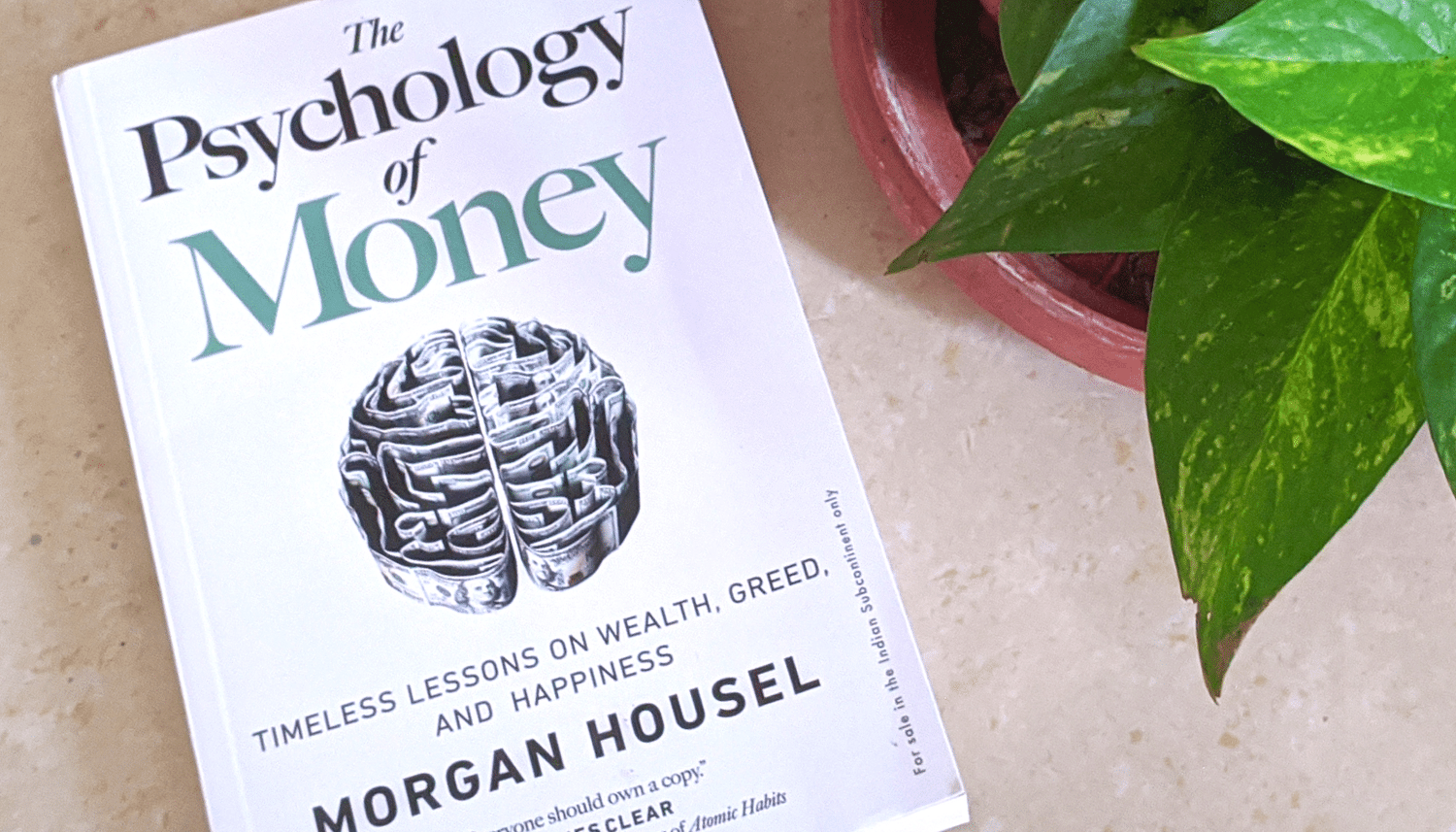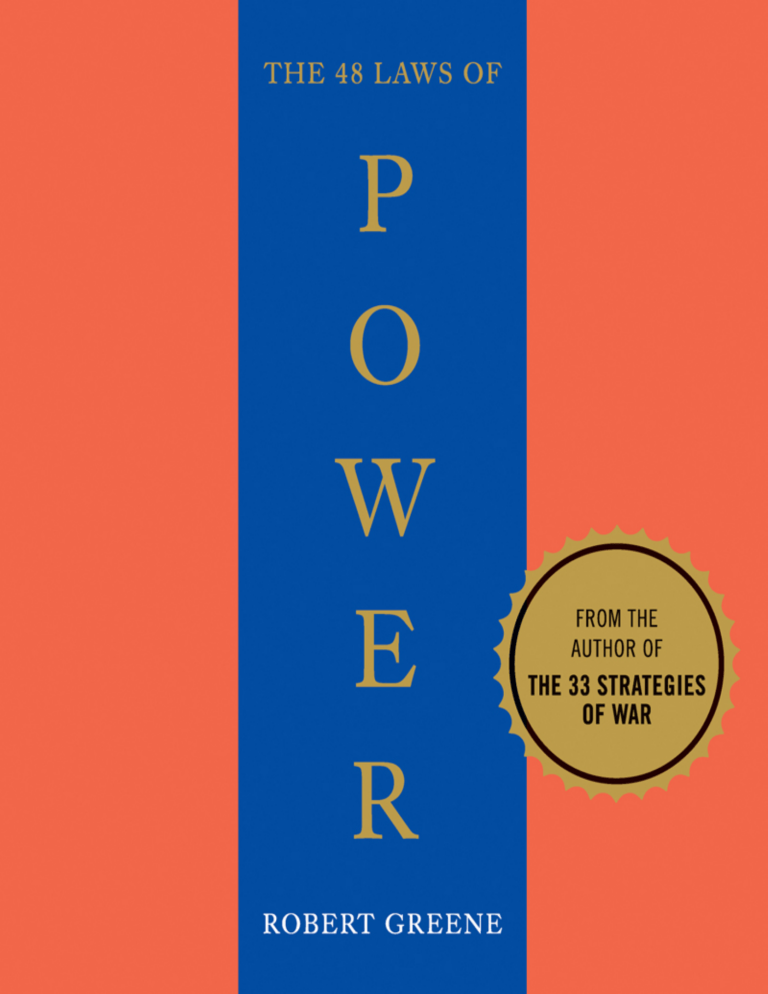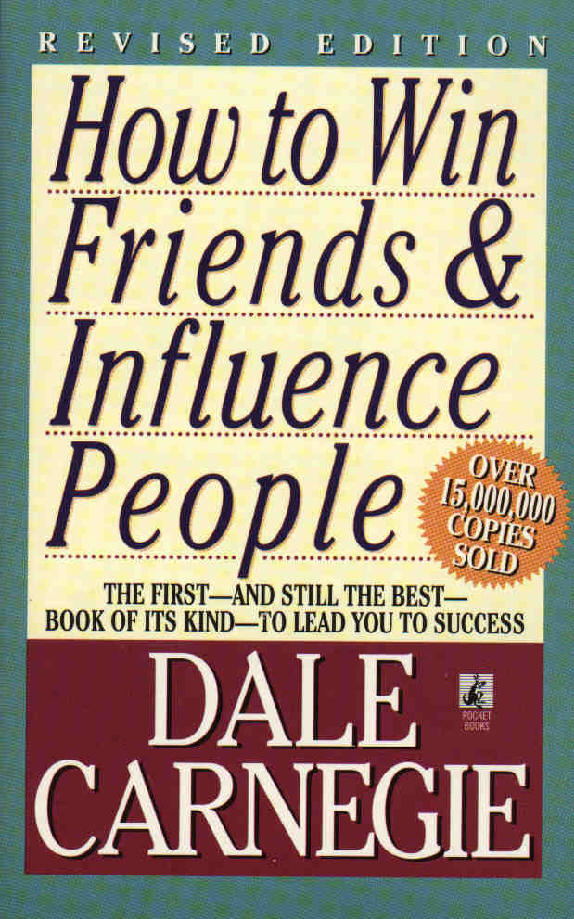Table of Contents
In this Drive book summary, we delve into “Drive: The Surprising Truth About What Motivates Us” by Daniel H. Pink which challenges conventional wisdom about motivation, arguing that traditional reward-and-punishment systems are often ineffective and can even be detrimental to performance, particularly for tasks requiring creativity and conceptual thinking.
The book presents a compelling case for a new paradigm of motivation, Motivation 3.0, based on scientific evidence and real-world examples. Pink suggests that this new model is better suited to the demands of the 21st-century workplace and is more aligned with our fundamental human needs.
The Flaws of Motivation 2.0
The book begins by examining Motivation 2.0, the dominant motivational model that has shaped businesses and organizations for decades. This system, rooted in the Industrial Age, operates on the principle of “carrots and sticks,” using rewards to incentivize desired behaviors and punishments to deter undesirable ones.
Pink argues that this approach, while effective for simple, algorithmic tasks, fails to account for the complexities of human motivation, particularly in the context of the modern workplace.
Seven Key Flaws of Motivation 2.0
- Diminished Intrinsic Motivation: Extrinsic rewards can undermine intrinsic motivation, leading to a decrease in enjoyment and engagement in activities that were once inherently satisfying. This is particularly evident in creative tasks, where the promise of a reward can actually hinder innovative thinking.
- Narrowed Focus: The pursuit of rewards can narrow focus, making individuals less likely to see the bigger picture or consider alternative solutions. This can stifle creativity and innovation, particularly in complex problem-solving scenarios.
- Unethical Behavior: The pressure to achieve goals, especially those tied to substantial rewards, can lead to unethical behavior as individuals prioritize the outcome over ethical considerations. This can be particularly problematic in highly competitive environments where the stakes are high.
- Increased Risk-Taking: The desire to obtain rewards can encourage individuals to take unnecessary risks, jeopardizing long-term success for short-term gains. This can manifest in poor decision-making and unsustainable practices.
- Decreased Cooperation: The focus on individual rewards can undermine collaboration and teamwork as individuals prioritize their own success over the collective good. This can lead to a breakdown in communication and a decrease in overall productivity.
- Addiction to Rewards: The constant pursuit of external rewards can create a dependency, leading to a diminished sense of internal satisfaction and a need for ever-increasing incentives to maintain motivation. This can create a vicious cycle that ultimately undermines intrinsic drive.
- Short-Term Thinking: The emphasis on immediate rewards can foster short-term thinking, neglecting long-term goals and sustainable practices. This can lead to a lack of investment in personal and professional development, hindering long-term growth and fulfillment.
These flaws are particularly evident in the modern workplace, where tasks have become more complex, conceptual, and self-directed.
Pink uses the example of Wikipedia, a collaborative, volunteer-driven encyclopedia that surpassed the commercially produced Microsoft Encarta, to illustrate the limitations of Motivation 2.0 and the power of intrinsic motivation in driving innovation and success.
The Rise of Motivation 3.0: Embracing Autonomy, Mastery, and Purpose
Pink proposes Motivation 3.0, a new operating system for motivation grounded in our third drive, the innate desire for autonomy, mastery, and purpose.
This model recognizes that humans are not solely driven by external rewards and punishments, but are also motivated by the inherent satisfaction of pursuing meaningful goals and developing their abilities.
The three key elements of Motivation 3.0 are:
- Autonomy: The freedom to direct our own lives and work. This includes autonomy over task, time, technique, and team. Pink provides examples of organizations like Atlassian and 3M that have successfully implemented policies like “FedEx Days” and “20 percent time,” where employees are given dedicated time to pursue projects of their choosing.
- Mastery: The desire to get better and better at something that matters. This involves seeking out challenges that are optimally matched to our abilities, what Pink calls “Goldilocks tasks”. Mastery requires a growth mindset, a belief that our abilities are not fixed but can be developed through effort and practice.
- Purpose: The yearning to do what we do in the service of something larger than ourselves. This involves aligning our individual goals with a larger purpose, whether it be contributing to society, making a difference in the world, or simply finding meaning in our work.

Pink argues that organizations that foster autonomy, mastery, and purpose will create more engaged, productive, and fulfilled employees. He cites examples of organizations like Green Cargo and thatgamecompany, which have successfully implemented strategies to promote flow and mastery, leading to increased profitability and innovation.
He also highlights the rise of purpose-driven businesses like TOMS Shoes, which integrate social good into their business model, blurring the lines between profit and purpose.
Moving Toward a More Motivated Future
Pink acknowledges that transitioning to a Motivation 3.0 model won’t be easy. It requires unlearning old habits and embracing a new way of thinking about human potential and motivation. However, he remains optimistic, believing that the science of motivation confirms what we already know in our hearts – that we are driven by more than just external rewards and punishments.
Conclusion
“Drive” offers a compelling and thought-provoking exploration of human motivation, challenging us to rethink how we approach work, learning, and life. It provides a roadmap for individuals and organizations to move beyond the limitations of traditional motivational systems and embrace a more engaging, fulfilling, and purpose-driven approach to work and life.
Who Should Read “Drive: The Surprising Truth About What Motivates Us,”?
- Managers and Business Leaders: This book provides evidence-based insights into human motivation and challenges traditional management practices like incentive plans and pay-for-performance schemes.
Many businesses operate on outdated assumptions about motivation rooted in folklore rather than science. “Drive” offers a new framework for understanding motivation – Motivation 3.0 – grounded in the science of human behavior and explains how to apply it to improve performance and satisfaction in the workplace.
- Employees: “Drive” introduces the concept of Type I behavior, which is fueled by intrinsic motivation and the desire for autonomy, mastery, and purpose. By understanding these principles, employees can identify what truly motivates them and work towards creating a more fulfilling and engaging work experience.
The book includes exercises and resources to help individuals awaken their own motivation.
- Parents and Educators: The book argues that children are naturally curious and self-directed, but traditional educational practices often emphasize extrinsic rewards and compliance, which can undermine their intrinsic motivation.
It offers alternative approaches to learning that promote autonomy, mastery, and purpose, such as the DIY report card, the FedEx Day, and the three-part Type I test for homework.
- Anyone Seeking a More Fulfilling Life: “Drive” encourages readers to examine their own motivations and identify what truly drives them. It suggests that by focusing on activities that provide autonomy, mastery, and purpose, individuals can achieve greater satisfaction and well-being in all areas of their lives.
The book provides concrete examples of individuals and organizations that have successfully implemented these principles.
The book argues that Motivation 3.0, with its emphasis on intrinsic motivation, is a more sustainable and effective approach for the 21st century. It can lead to increased creativity, productivity, and well-being for individuals and organizations.

Enjoyed this Drive book summary? Read other book summaries here
You may also enjoy:








Leave a Reply